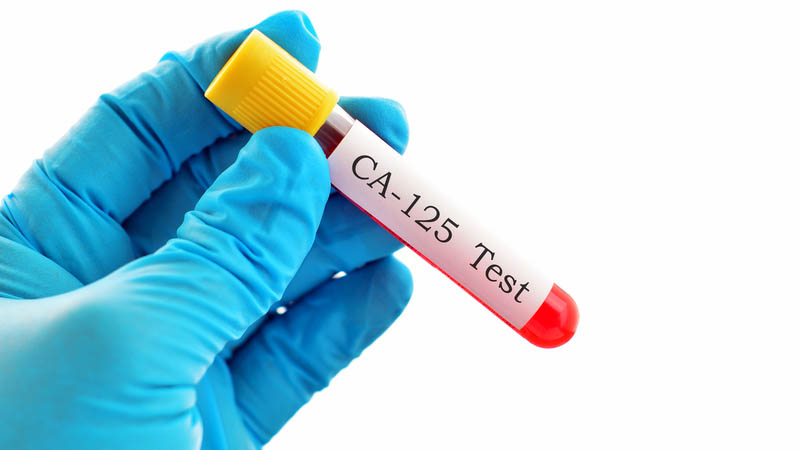Modern therapeutic modalities enabling preservation of procreative potential in women treated for genital malignancies
Grzegorz Panek, Piotr Sobiczewski, Paweł Derlatka, Jarosław Gmyrek, Izabela Ziółkowska-Seta
 Affiliacja i adres do korespondencji
Affiliacja i adres do korespondencjiRecent decade saw a significant progress in the diagnosis of prognostically important features of neoplasm, in particular those influencing critically the choice of techniques and protocols of oncological treatment. Principles of therapeutic approach to patients with genital malignancies, which were valid in the past, most often neither took into consideration the age of patients, nor was the issue of preservation of procreative functions considered as clinically important. In recent years, the situation in this area underwent a dramatic change. In patients of procreative age, the measure of therapeutic success is not as much standard parameters, e.g. long-term survival rate or recurrence risk, but rather overall quality of life and in particular preservation of ability to procreate. At present, in most locations of early-stage female genital malignancy, there is a possibility to spare procreative function. Based on reports in recent publications, we undertook a review of current views on management of malignancies of uterine cervix, uterine mucosa and ovary enabling preservation of procreative potential of women involved.









